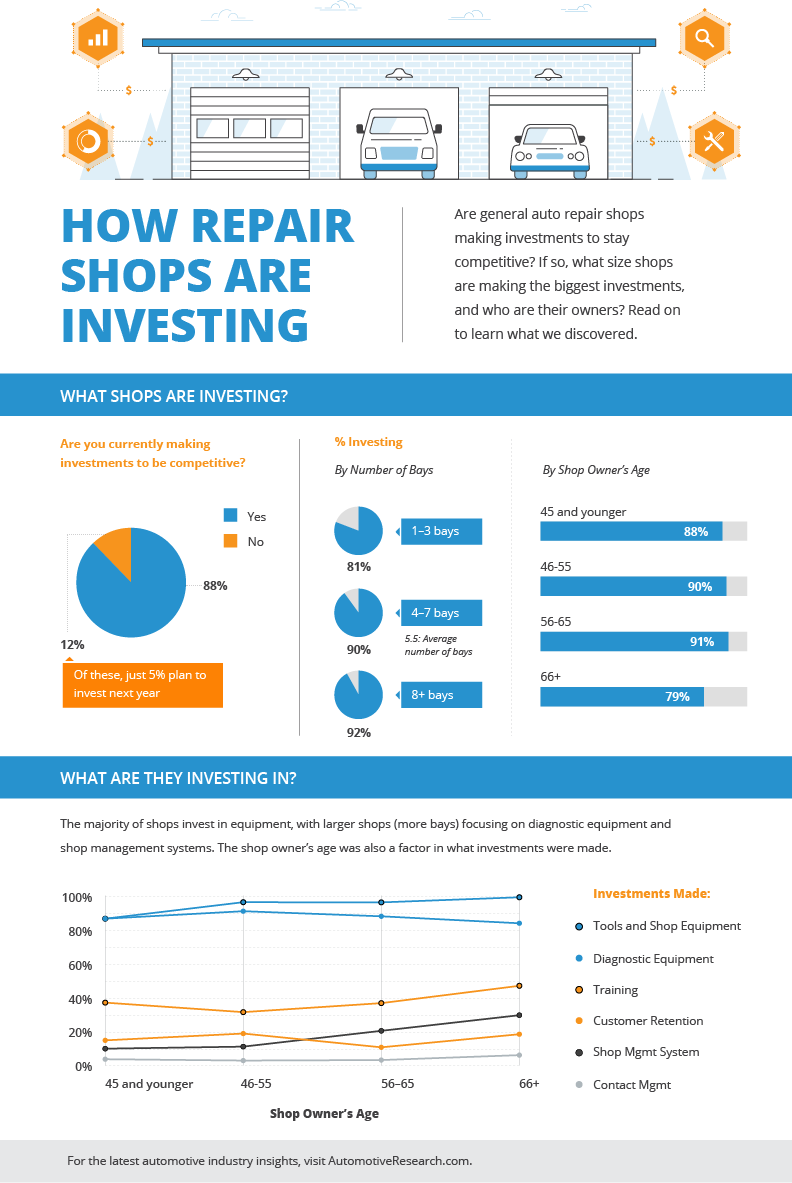Comprehending The Meaning Behind Your Lorry'S Caution Lights: A Thorough Look
Comprehending The Meaning Behind Your Lorry'S Caution Lights: A Thorough Look
Blog Article
Content By-Boye Gilbert
When you're behind the wheel, those glowing caution lights on your dashboard can be a bit perplexing. Do you understand what they're trying to inform you regarding your auto's wellness? Recognizing the value of these lights is crucial for your safety and security and the longevity of your vehicle. So, the next time among those lights turns up, would not you wish to understand its message properly and take the essential actions to resolve it?
Common Warning Lights and Interpretations
Determine common caution lights in your cars and truck and comprehend their definitions to make certain risk-free driving.
The most typical caution lights consist of the check engine light, which signifies problems with the engine or emissions system. If https://www.forbes.com/sites/edgarsten/2022/03/15/repair-tech-shortage-costing-motorists-time-and-money-ccc-study-shows/ comes on, it's vital to have your vehicle checked immediately.
How To Repair Automotive Electrical Connectors cautioning light shows low oil stress, calling for instant focus to avoid engine damage.
A blinking battery light could suggest a malfunctioning billing system, possibly leaving you stranded if not resolved.
The tire stress tracking system (TPMS) light notifies you to low tire stress, affecting car stability and fuel performance. Ignoring this could lead to unsafe driving conditions.
The abdominal light indicates a trouble with the anti-lock braking system, jeopardizing your ability to stop quickly in emergency situations.
Lastly, the coolant temperature level alerting light warns of engine overheating, which can result in severe damages otherwise dealt with promptly.
Understanding these typical caution lights will aid you resolve concerns without delay and preserve risk-free driving problems.
Importance of Prompt Interest
Recognizing the usual warning lights in your automobile is only the initial step; the relevance of without delay dealing with these cautions can not be emphasized enough to guarantee your safety and security on the road.
When a warning light brightens on your control panel, it's your vehicle's method of interacting a potential issue that needs attention. Neglecting these warnings can lead to more serious troubles down the road, jeopardizing your safety and potentially costing you a lot more out of commission.
Trigger attention to warning lights can avoid malfunctions and mishaps. For instance, a blinking check engine light could suggest a misfire that, if left unattended, could trigger damages to the catalytic converter. Resolving read page without delay can save you from an expensive repair work.
Similarly, a brake system warning light might signify reduced brake liquid or used brake pads, critical components for your safety and security when driving.
Do It Yourself Troubleshooting Tips
If you discover a warning light on your dashboard, there are a couple of DIY troubleshooting pointers you can try prior to looking for specialist aid.
The very first step is to consult your cars and truck's guidebook to recognize what the certain warning light suggests. Occasionally the issue can be as easy as a loose gas cap setting off the check engine light. Tightening the gas cap may settle the issue.
One more common concern is a reduced battery, which can activate different cautioning lights. Checking the battery links for deterioration and ensuring they're secure could deal with the problem.
If a caution light lingers, you can attempt resetting it by detaching the car's battery for a few mins and then reconnecting it. Additionally, examining your car's liquid degrees, such as oil, coolant, and brake liquid, can help repair alerting lights related to these systems.
Final thought
Finally, comprehending your vehicle's caution lights is important for keeping your vehicle running smoothly and safely. By immediately attending to these alerts and understanding what they suggest, you can stay clear of pricey fixings and possible breakdowns.
Remember to consult your car's guidebook for specific information on each cautioning light and do something about it appropriately to ensure a trouble-free driving experience.
Stay notified, remain risk-free when driving!
